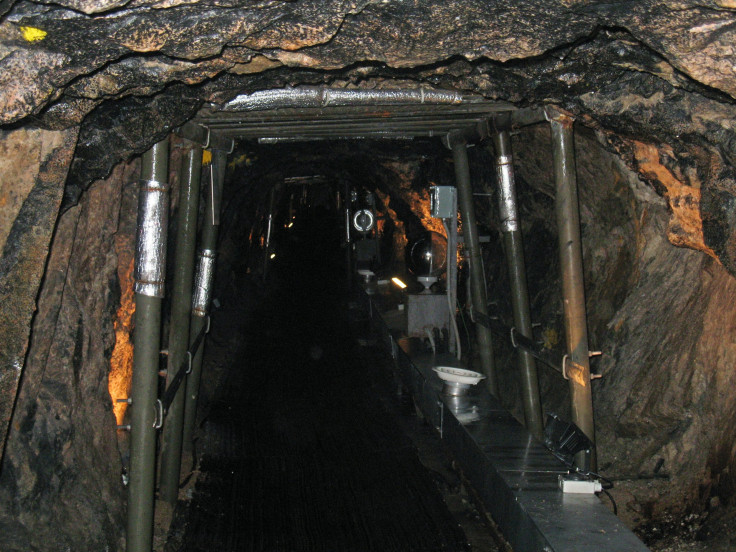North Korean Mysterious Invasion Tunnels Now A Tourist Destination

Tunnels originally built by North Korea for a potential secret invasion of South Korea are now a popular tourist destination.
The tunnels are hundreds of feet underground and span from South Korea, under the demilitarized zone (DMZ) and into North Korea. The DMZ is a 2.5-mile no-man’s land that separates the two Koreas.
The tunnels have since been blocked at the border by concrete slabs, but for around $11 tourists can visit the South Korean side. In the past four decades, South Korea has discovered four tunnels.
The so-called Tunnels of Aggression were built as a way to undermine the DMZ and get North Korean troops directly into the south. One tunnel is located only 32 miles from South Korea’s capital of Seoul.
The first of the secret tunnels was discovered in 1974 by the South Korean army. A second tunnel that extended around half a mile into South Korea was discovered in 1975.
The third tunnel was discovered in 1978 and is the largest and most substantial tunnel and the most popular tourist destination. It is located near Panmunjom, which is called the truce village, and is where the Korea Armistice Agreement that ended the war was signed. Also located nearby is the Joint Security Area, where officials from both Koreas can come together and meet.
This third tunnel is 240 feet below the surface, according to the New York Times, and tourists enter through a gift shop and are given hard hats because of the short height of the tunnel. Tourism to the DMZ began in the mid-1960s but has ballooned since the early 2000s.
The last tunnel was discovered in 1990, although a few dedicated South Koreans believe there are more. North Korea has denied any involvement with the tunnels.
Another popular aspect of tourism at the DMZ is wildlife. The no-man's land has been uninhabited by people since the armistice in 1953. This has allowed the area to “unintentionally become a haven for wildlife,” according to the South Korean tourism authority. The DMZ is home to a number of endangered plants and wildlife.

© Copyright IBTimes 2024. All rights reserved.











